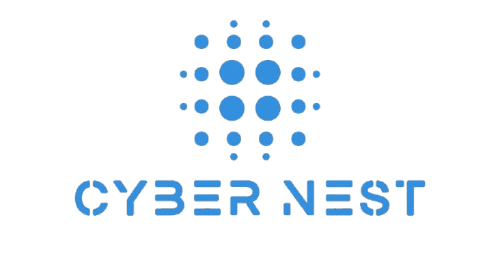
Executive Summary
The pace of IT operations is accelerating. Manual monitoring, patching, and scaling no longer keep up with modern demands. Automation-first IT has emerged as the defining approach for resilient, efficient, and scalable enterprises—and Google Cloud Platform (GCP) is at the forefront of this shift.
This white paper explores how organizations can use GCP managed services and automation capabilities to streamline operations, cut costs, and enhance resilience. It outlines the core benefits of automation-first IT, key GCP tools, and best practices for companies in the San Francisco Bay Area, California, that want to stay ahead in an AI-driven era.
Why Manual IT Can’t Keep Up
Traditional IT ops relied on manual intervention—teams patching servers, scaling workloads, and responding to outages reactively. In today’s environment:
- Workloads are dynamic and scale unpredictably.
- Applications span multi-cloud and hybrid ecosystems.
- Security threats evolve faster than manual controls can respond.
- Business users demand always-on availability.
The result: IT teams burn out firefighting while strategic projects stall.
The Case for Automation-First IT
Automation-first IT shifts the model from reactive firefighting to proactive resilience. Key benefits include:
- Reduced Human Error – Automated workflows eliminate common misconfigurations.
- Operational Efficiency – Routine tasks like patching and scaling happen in real time.
- Faster Incident Response – Automated runbooks and remediation shrink MTTR.
- Cost Optimization – Idle or underutilized resources are auto-adjusted.
- Security at Scale – Continuous monitoring and remediation enforce policies 24/7.
GCP as an Automation Powerhouse
GCP provides a rich ecosystem for automation-first operations, with services designed to reduce manual toil and improve scalability.
Core GCP Tools for Automation
- Cloud Functions – Serverless compute that responds automatically to events.
- Cloud Composer (Airflow) – Workflow orchestration across multi-cloud and hybrid systems.
- Cloud Deployment Manager – Infrastructure as Code (IaC) for repeatable, scalable deployments.
- Operations Suite (Stackdriver) – Integrated monitoring, logging, and alerting with automated responses.
- AutoML & AI APIs – Intelligent automation with predictive analytics and anomaly detection.
- Cloud Run & Kubernetes Engine (GKE) – Automated container orchestration and scaling.
Together, these tools enable GCP management services that emphasize speed, resilience, and efficiency.
Real-World Applications of GCP Automation
- Predictive Scaling for SaaS Workloads
- Automatically adjusting resources to meet customer demand without downtime.
- CI/CD Pipeline Automation
- Integrating Google Cloud Build with Kubernetes for continuous delivery at scale.
- Automated Compliance Auditing
- Using GCP security scanning and policy enforcement to ensure continuous compliance.
- Multi-Cloud Orchestration
- Leveraging Anthos to unify operations across AWS, Azure, and GCP.
- Cost Management with Automation
- Using GCP cost management tools to identify idle resources and optimize spend in real time.
Best Practices for Automation-First IT on GCP
- Start with High-Impact Use Cases
- Focus on automating tasks that are repetitive and prone to human error.
- Adopt Infrastructure as Code (IaC)
- Use Deployment Manager or Terraform for standardized, scalable deployments.
- Integrate Security Early
- Embed threat detection and vulnerability management into automation pipelines.
- Enable Continuous Monitoring
- Implement Operations Suite for proactive anomaly detection.
- Design for Multi-Cloud Flexibility
- Leverage Anthos to future-proof automation beyond GCP.
Regional Spotlight: Bay Area’s Automation Imperative
The San Francisco Bay Area is home to SaaS innovators, AI startups, and data-heavy enterprises that depend on agility. For these organizations:
- Manual IT ops are a growth bottleneck.
- Investor expectations demand scalable efficiency.
- Compliance-heavy industries (fintech, healthcare) require continuous monitoring and remediation.
Adopting automation-first GCP managed services enables these companies to innovate faster while maintaining trust and resilience.
Conclusion
The future of IT operations is not just cloud-first—it’s automation-first. GCP provides a robust set of tools and services that help organizations shift from manual, reactive processes to intelligent, proactive operations.
Key takeaway: By embedding automation into every layer of IT, companies can reduce costs, increase resilience, and free teams to focus on innovation.
Key Terms
- GCP managed services – Expert-led operations and automation across Google Cloud workloads.
- Automation-first IT – Strategy that prioritizes automation to reduce human toil and errors.
- GCP cost management – Automated tools for monitoring and optimizing spend.
- Anthos – Google’s platform for hybrid and multi-cloud orchestration.
